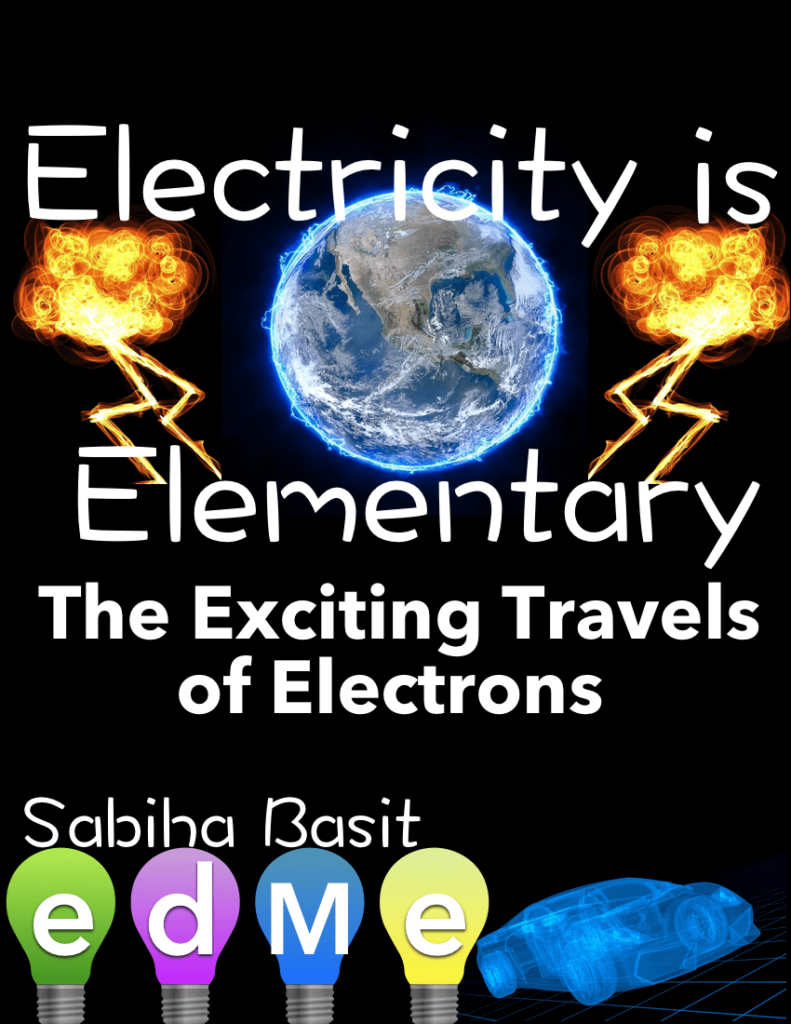This rubric is for using three facts from the PBS video in your paragraph about chipmunks.
| Paragraph is missing or barely started. | Facts are not included in the paragraph. | Only one fact from the video is used. | Only two facts from the video are used. | Three or more facts from the video are used. |
| Missing | 0 | 1 | 2 | 3 |
Review your work and give yourself a score. Explain why you gave your work this score.
To go the the next rubric, click here.




